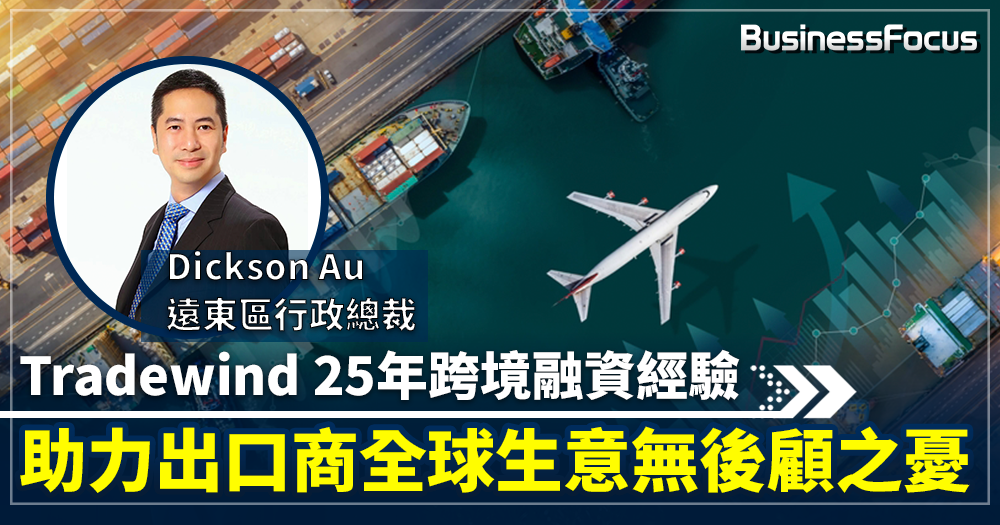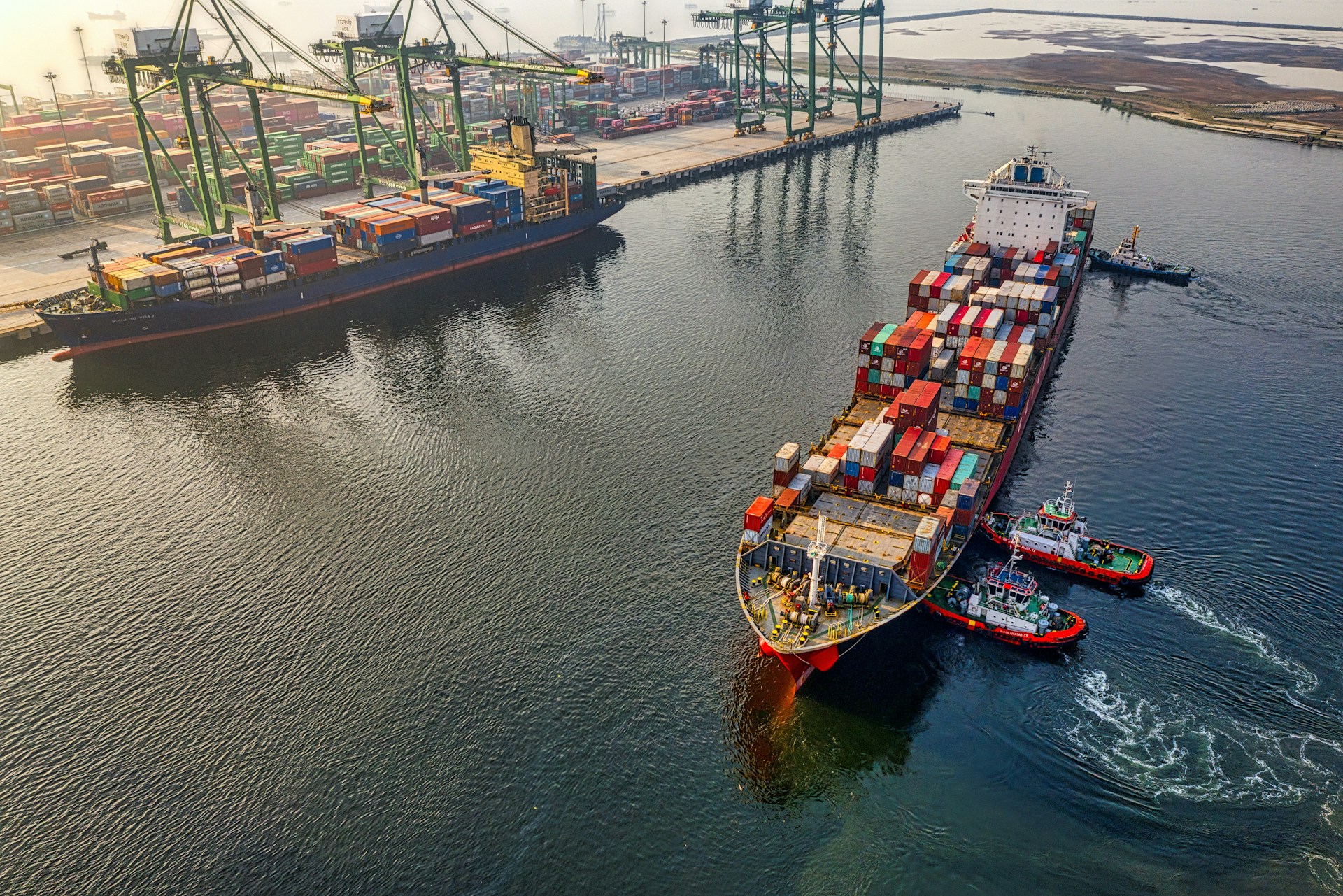The apparel and textile market continues to be an important contributor to the global economy. The fashion industry experienced over “double the levels of economic profit in 2022 than in all the years between 2010 and 2020”, apart from one, McKinsey & Company reports.[1] Fiber produced globally also reached a record 116 million tons in 2022.[2] Rising costs, swings in consumer demand, and geopolitical factors, however, have put pressure on the industry.
Tradewind Finance, a financial services firm offering tailor-made trade finance solutions, has been a witness to this growth, as well as the challenges, through its role financing the apparel and textile industry for nearly 25 years.
In addressing the working capital requirements of doing business, Tradewind today announced funding for two new clients within the apparel and textile market, further extending its reach in the segment. Through the new client relationships, Tradewind continues to improve liquidity and enable trade for companies by converting their unpaid receivables into ready cash.
The firm structured a EUR 3 million credit facility for a German company that trades in polyester fibers used for bedding, furniture, and other applications. It also delivered EUR 650,000 in funding for a Turkish clothing manufacturer that makes denim and non-denim apparel including jackets, pants and skirts.
Both of Tradewind’s new clients, which export to the EU, are using the firm’s export factoring solutions to free up capital from their invoices and accelerate their cash flow to support their operational and growth needs. These solutions are especially known to bridge the payment gap and include credit protection and accounts receivable management, mitigating the risks associated with cross-border trade.
The staying power of brick-and-mortar retailers and rollout of small-format stores, embrace of e-commerce, and the array of production lines creating everything from bath linens to popular athleisure keep the textile and apparel industry an active one. Based on data from Grand View Research,[3], the global textile market’s value reached USD 1,695.13 billion in 2023 alone and is expected to grow at a CAGR of 7.6% in terms of revenue from 2024 to 2030,
With a financing portfolio that now spans over 20 industries, Tradewind has its roots funding Turkish textile suppliers selling to European importers. More than two decades later, the firm’s comprehensive suite of trade finance products continues to enable apparel and textile companies to trade seamlessly. Tradewind’s solutions not only mitigate trade uncertainties and enhance working capital for businesses in this sector, but they also empower them to achieve growth.
Scalable funding offered by Tradewind can adjust to shifts in sales, allowing the firm to keep up with their clients’ cash flow needs long-term.
About Tradewind Finance
Founded in 2000, Tradewind Finance maintains a network of offices all over the world, including Bangladesh, Brazil, Bulgaria, China, Hong Kong SAR, Hungary, India, Pakistan, Peru, Turkey, UAE, and the USA as well as the headquarters in Germany. Combining financing, credit protection, and collections into a single suite of trade finance products, Tradewind brings streamlined, flexible, and best-in-class services to the world’s exporters and importers.
[1] “The State of Fashion 2024”, Business of Fashion & McKinsey & Company, November 29, 2023
[2] Materials Market Report, Textile Exchange, December 2023
[3] Textile Market Size, Share & Trends Analysis Report By Raw Material (Wool, Chemical, Silk), By Product (Natural Fibers, Polyester), By Application, By Region, And Segment Forecasts, 2024 – 2030, Grand View Research, December 2023 Grand View Research, Accessed December 2023



